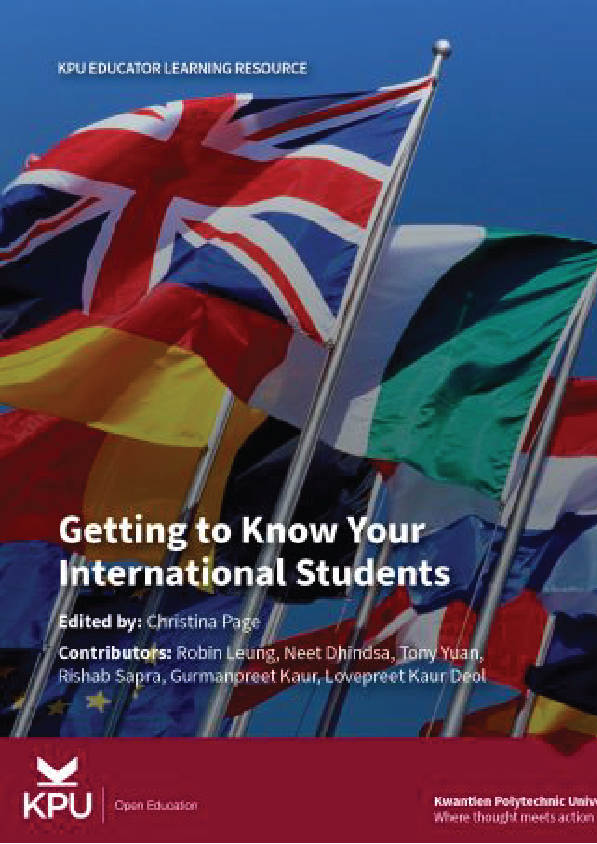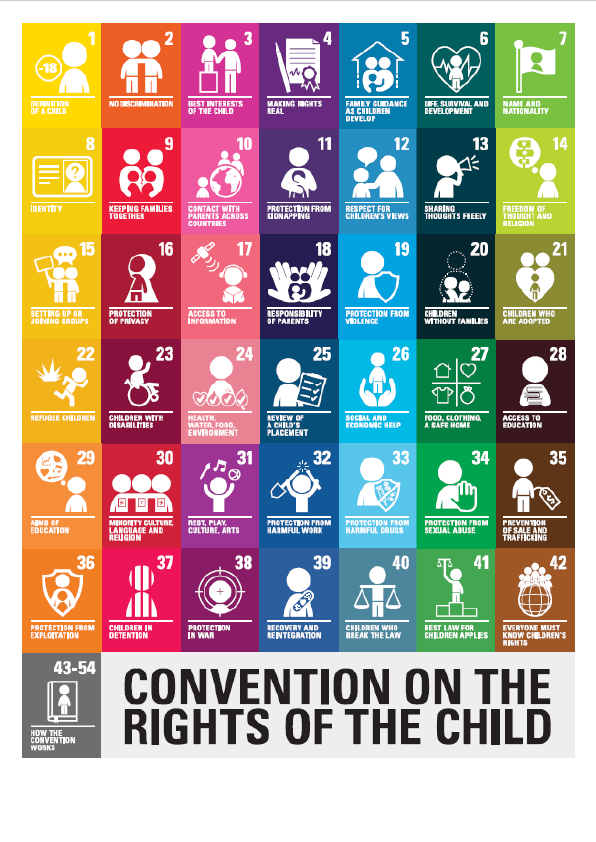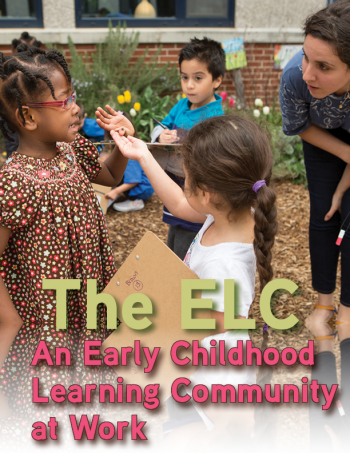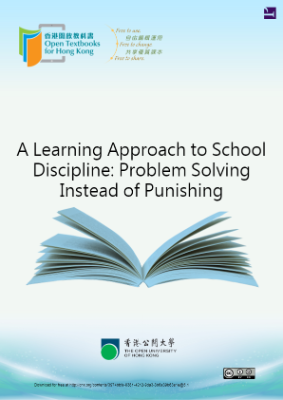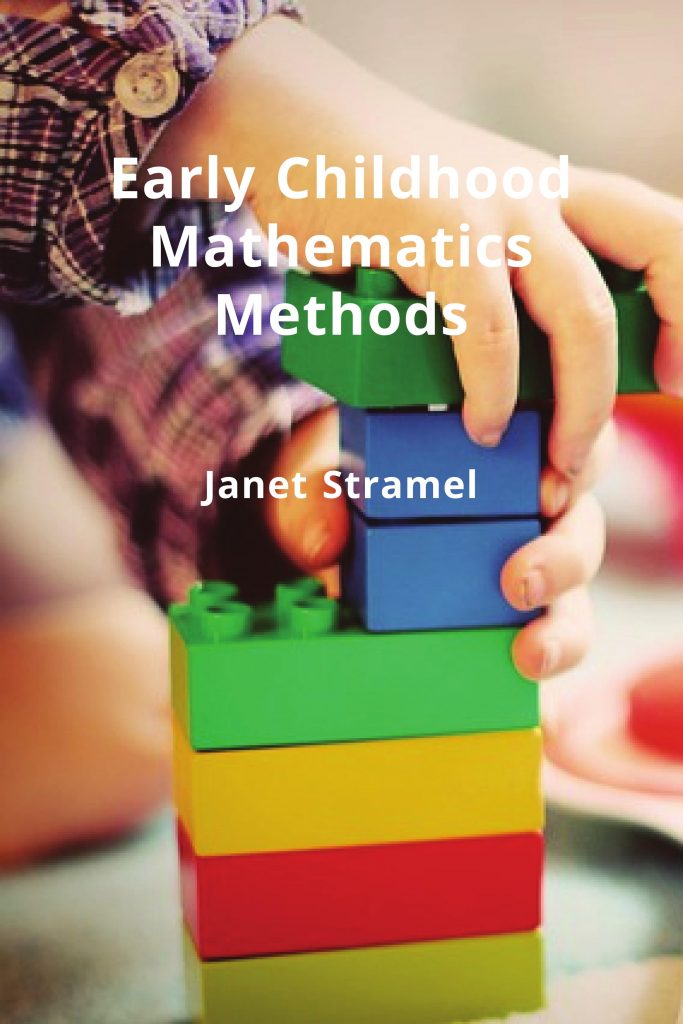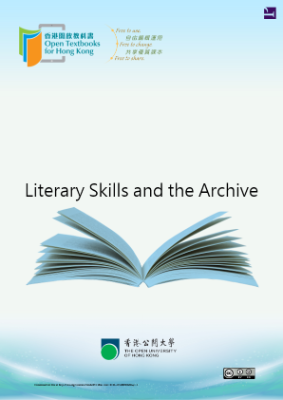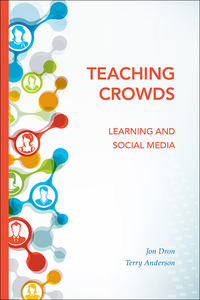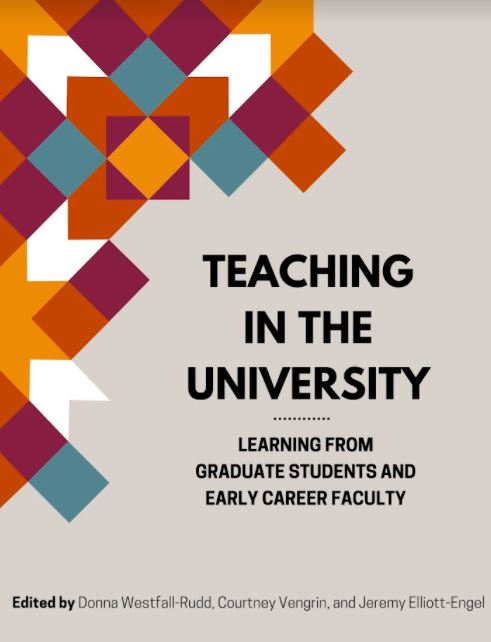INTERNATIONAL STUDENTS IN CANADIAN POSTSECONDARY INSTITUTIONS
Canadian postsecondary institutions receive growing numbers of international students; 498,735 international students studied at colleges or universities in Canada at the end of 2019. Currently, India is the country of origin for 34% of international students studying in Canada and 22% of international students are from China. According to a survey by the Canadian Bureau for International Education, students choose to study in Canada because of our educational quality and our reputation as a tolerant society (Canadian Bureau for International Education, 2020). As educators adapt to increasingly culturally diverse classrooms, many search for information that would support effective teaching and greater inclusion for all students.
Despite Canada’s strong reputation, international students often face challenges in their transition to the Canadian education system. Some of these challenges arise from the process of transition from one educational culture to another. Other challenges arise when students face discrimination or environments where their cultural identities are not fully honoured. Killick (2018) lists three common myths that impact instructor perceptions of international students:
1. They’re all alike. This myth assumes that all international students have the same prior experiences, challenges and learning needs.
2. They can’t do it. This myth positions students within a deficit model where they are viewed as lacking key skills expected in an academic environment. Students may be perceived as lacking the ability for critical thinking, struggling with self-expression in English, or being limited in their ability to participate in class (Ryan & Carroll, 2005). Deficit thinking fails to acknowledge the strengths and prior knowledge that students bring to the academic environment. In addition, international students may experience a type of Othering where their learning challenges are attributed to their international-student status, rather than to the experience of being an academic novice that is common to all students (Laufer & Gorup, 2019).
3. Failure is their fault. This view positions students, rather than the learning environment, as the reason for their struggles. In reality, as Blasco (2015) highlights, many of the challenge students face in their academic transition arise from the differences between academic cultures. Misunderstandings arise for students when the implicit expectations of the students’ new academic culture are not made explicit by faculty. Students respond with the “scripts” and expectations from their previous context, and may experience confusion when they no longer achieve the academic success that they previously experienced.
The three myths, and the harms that may arise from them, can be countered by creating environments that honour the wholeness of each person, seeking genuine relationship and reciprocity (Sterling, 2008). This includes viewing students as sources of knowledge about their own experiences. Unfortunately, student views are often missing from conversations about internationalization and intercultural teaching (Ryan, 2011), and there is need for additional student voices to be heard.
A common response to intercultural classrooms is to seek to understand the characteristics and expectations of students that come from a particular country. While students from a similar geographic area may share a common set of experiences, focusing strictly on national origin as a source of cultural information and preferences can be problematic, leading to stereotyping. Instead, we recognize that all students bring a range of life experiences, and are influenced by a variety of “small cultures” that can include family, religion, gender, and socioeconomic status, among other factors (Holliday, 1999). In other words, two students from the same country may have very different life experiences and personal characteristics that influence their transition to the Canadian classroom.
While seeking to avoid stereotypical labels based on national origin, it is nonetheless helpful to broaden our understanding of the range of values that can shape thinking and behaviour in an intercultural context. These values are often described dimensionally, as in the work of Hofstede (2001) and Trompenaars (Trompenaars and Hampden-Turner, 2011). While rejecting the idea of these dimensions as aspects of a fixed national culture, value dimensions may be useful in developing a broader understanding of values that may be different from our own. Value dimensions can include: power distance, individualism vs. collectivism, uncertainty avoidance, long-term vs. short-term orientation, and indulgence vs. restraint (Grove, 2015a; Grove, 2015b). Misunderstandings in intercultural contexts may occur because unarticulated differences in values shape how behaviours are interpreted. Value frameworks can provide alternative explanatory possibilities for interpreting interactions in non-judgemental ways.
